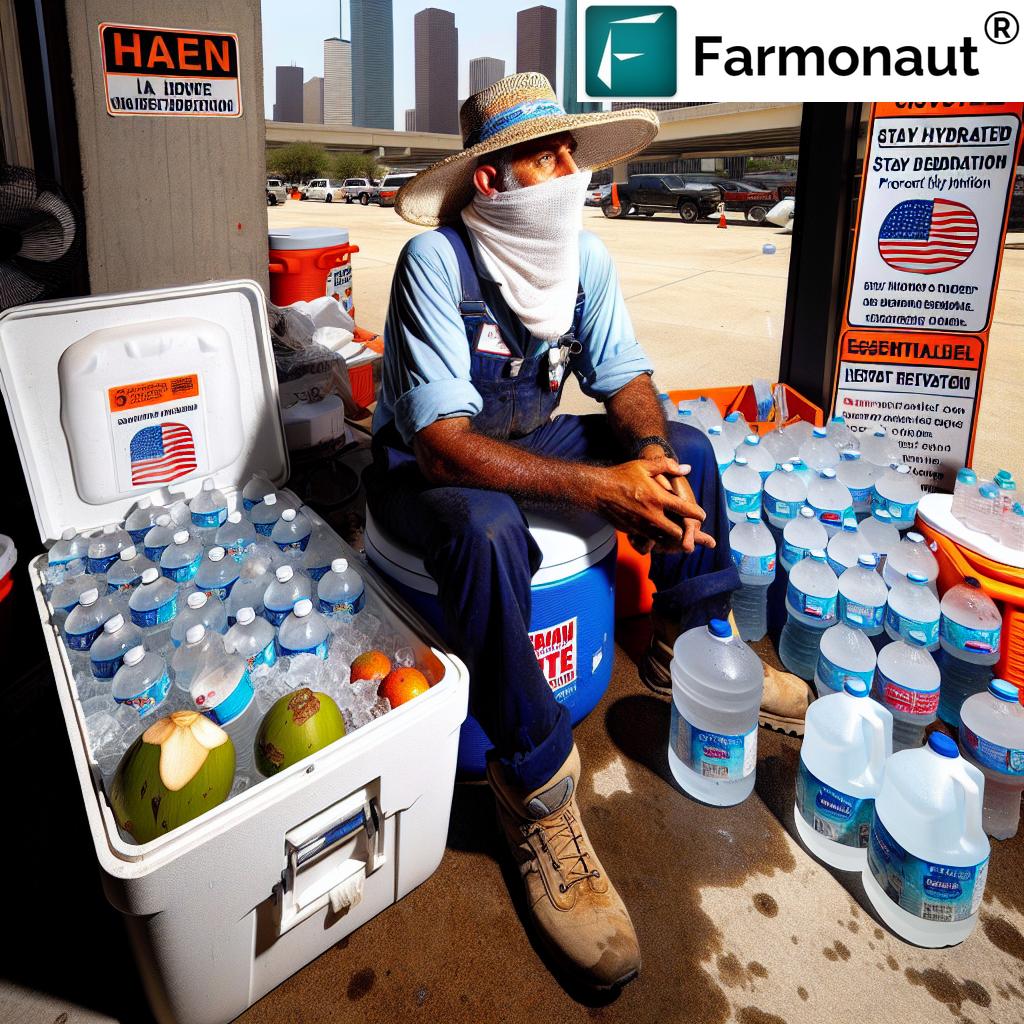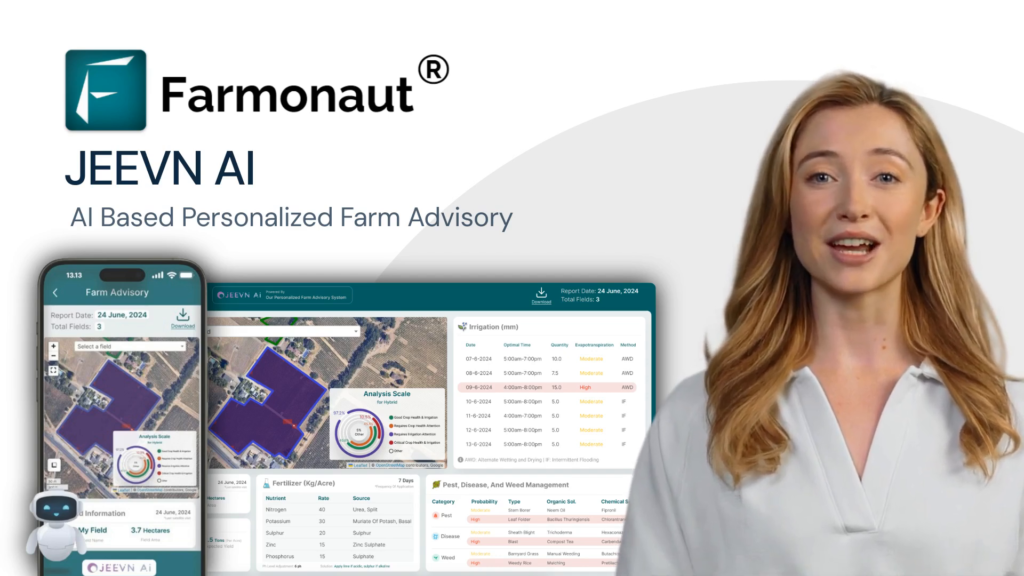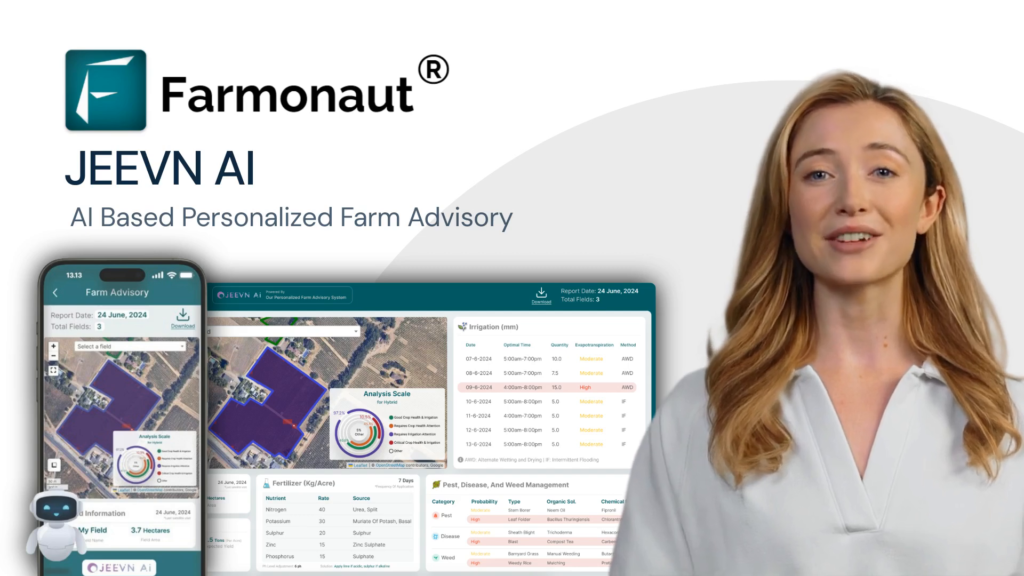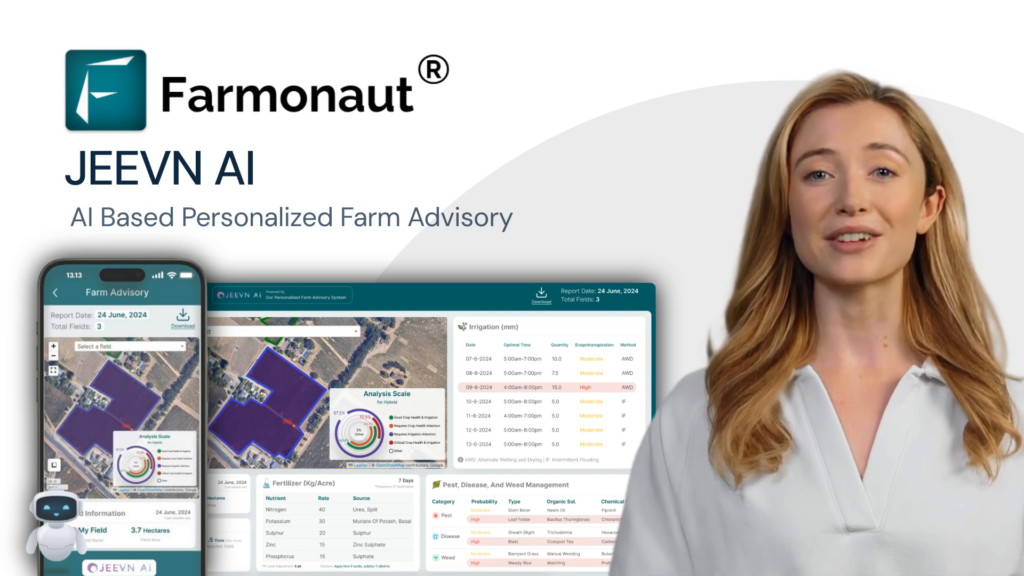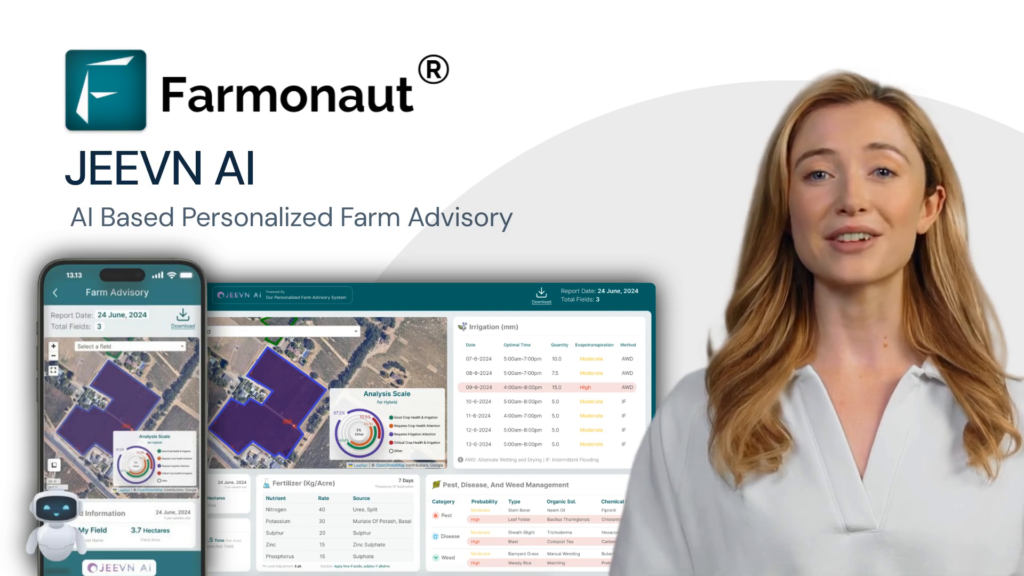How to Stay Hydrated in Extreme Houston Heat: 7 Vital Summer Tips
“**Houston summer temperatures can soar above 100°F, increasing your daily water needs by up to 50%.**”
Understanding the Extreme Houston Heat
If this is our first summer in Houston, we’re in for an eye-opening experience. The Texas heat makes an early appearance—sometimes well before the official start of summer! According to the KPRC 2 weather team, high pressure systems build from the south, causing temperatures across Houston and Southeast Texas to spike, often reaching the triple digits. This heat wave is expected to result in near-record or record-breaking highs week after week with virtually no rain—a scenario that challenges even seasoned locals.
Why does this matter? Because “how to stay hydrated in extreme heat” is not just a question of comfort—it’s about health and safety. Our body loses water rapidly in hot and humid conditions. Whether we’re working outdoors, exercising, or enjoying Houston festivals, the risk of dehydration is real and serious.
In this guide, we’ll equip ourselves with seven vital summer tips to keep cool, stay hydrated, and protect our families and teams during scorching Houston summers.
7 Vital Tips: How to Stay Hydrated in Extreme Houston Heat
1. Make Water Your Constant Companion
- Plan Ahead: Don’t wait until thirsty! We must drink plenty of water throughout the day. Carry a bottle everywhere—at home, work, the park, or hiking trails.
- Monitor Urine: A simple but effective way to ensure we’re drinking enough is to monitor our urine. If it’s pale yellow and we’re going regularly, we’re on track. Dark urine signals dehydration.
- Crucial Tip: Our body loses fluids faster in excessive heat. Make sure to replenish even before feeling thirsty.
Keyphrase focus: “how to stay hydrated in extreme heat”
2. Schedule Smart: Avoid Peak Sun Hours
- Plan Activities Early/Late: Schedule activities during cooler parts of the day—early morning or after sunset.
- Take Regular Breaks: Even if we’re acclimated, Houston heat is different. Listen to our body, rest in the shade, or find air-conditioned places.
- Special Note for Workers: Employers and supervisors should rotate shifts and provide frequent breaks, especially for outdoor workers.
3. Dress for the Heat
- Light and Loose Clothing: Choose lightweight, loose-fitting, and light-colored clothes. Such clothing reflects sunlight and allows efficient cooling via air movement.
- Protect the Skin: A wide-brim hat and sunglasses shield us against the sun. Use a high-SPF sunscreen to protect the skin and avoid sunburn—a condition that can hinder the body’s ability to stay cool.
4. Eat and Snack for Hydration
- Choose Hydrating Foods: Focus on hydrating foods for hot weather like watermelons, cucumbers, citrus fruits, leafy greens, and berries. (See dedicated section below!)
- Go for Balanced Meals: Include refreshing salads, chilled soups, and smoothies packed with nutrients and fluids.
5. Keep Pets Safe Too
- Fresh Water and Shade: Pets need plenty of fresh water and should avoid walking on scorching pavement.
- Hot Ground Check: If the concrete is too hot for us barefoot, it’s too hot for paws.
6. Master Cooling Techniques
- Embrace Air Movement: Use fans, open windows, and rest in well-ventilated places for convective cooling. AC is best, but even a good fan helps.
- Cloth over Dousing: Dousing ourselves with water can be less effective when humidity’s high. Instead, use a cool, wet cloth on skin for targeted cooling.
7. Recognize & React to Signs of Heat Illness
- Be Alert: Monitor ourselves and loved ones for signs of heat stroke and heat exhaustion: confusion, weakness, dizziness, heavy sweating, nausea, and rapid pulse.
- Act Fast: If signs of heat stroke appear, seek medical help urgently. Gradually cool down—move to shade, drink water, apply cool compresses.
- Rest & Recover: After exposure to extreme heat, take time to rest. Avoid strenuous activities until feeling well again.
Keyphrase focus: “tips to avoid dehydration in summer” | “preventing heat illness during high temperatures”
“**Watermelon is 92% water, making it one of the most hydrating foods for extreme Houston heat.**”
Best Drinks and Hydrating Foods for Hot Houston Summers
Our diet during periods of high temperatures can make a tremendous difference in our overall health and hydration. Let’s explore the best drinks and foods to keep us hydrated and safe.
Keyphrase focus: “best drinks for hydration in summer” | “hydrating foods for hot weather”
Hydrating Foods: Top Picks to Include in Our Diet
- Watermelon: With over 92% water content, watermelon isn’t just delicious—it’s an excellent source of hydration and packed with vitamins A and C.
- Cucumbers: With a water content of about 95%, cucumbers are refreshing, crunchy, and perfect in salads or as a healthy snack.
- Citrus Fruits: Oranges, grapefruits, and lemons are rich in water and antioxidants, boosting both hydration and immunity.
- Berries: Strawberries, blueberries, and raspberries are not only hydrating, but also loaded with essential nutrients.
- Leafy Greens: Lettuce, spinach, and kale add not just vitamins but hydrating power to meals—perfect for summer salads and wraps.
- Tomatoes: With about 94% water, tomatoes are ideal in salads, salsas, or sandwiches.
- Yogurt: It provides a hydration boost along with protein, especially when we add fresh fruit.
Balanced Meals and Snacks to Maximize Hydration
- Salads: Use hydrating veggies (cucumbers, tomatoes, spinach) with protein like grilled chicken or tofu. Drizzle with olive oil for healthy fats.
- Smoothies: Blend berries, bananas, spinach, and coconut water for a quick, refreshing drink loaded with nutrients and fluids.
- Gazpacho: This Spanish-style chilled soup made from tomatoes, cucumbers, and peppers is perfect for cooling off.
- Smart Snacks: Keep fruit popsicles, veggie sticks (carrots, celery), or a cup of yogurt handy for healthy, hydrating snacks.
Electrolytes: The Secret to Optimal Hydration
- What are Electrolytes? Vital minerals, such as sodium, potassium, and magnesium, that the body loses through sweat. Replenishing them is essential for maintaining fluid balance and preventing cramps.
- Top Foods Rich in Electrolytes for Summer:
- Bananas: Excellent for potassium
- Coconut Water: Naturally rich in electrolytes and low in added sugar—an ideal summer beverage
- Nuts and Seeds: Good sources of magnesium
- Dairy or Soy Milk: Also provide calcium and other minerals
- Sports Drinks: Only necessary if exercising intensely for over an hour; otherwise, water and food are best for most people. Avoid drinks with excessive added sugar.
Keyphrase focus: “foods rich in electrolytes for summer” | “best drinks for hydration in summer”
What to Avoid
- Salty and Processed Foods: Can increase thirst and worsen dehydration
- Caffeinated & Alcoholic Drinks: Act as diuretics, causing us to lose more fluids
- High-Sugar Drinks: Spike insulin and don’t truly quench thirst
Preventing Heat Illness: Safety Tips for Workers & Outdoor Activities
Every summer, thousands in the U.S.—especially workers in construction, agriculture, landscaping, and delivery—face dangerous heat conditions. Even those of us just enjoying Houston’s outdoors must stay vigilant about safety.
Keyphrase focus: “heat safety tips for workers” | “preventing heat illness during high temperatures”
Heat Safety Strategies: For Work and Play
- Hydration Huddles: Workers should have water within arm’s reach and drink at least 8 ounces every 15–20 minutes when outdoors. Employers should consider providing cooling shelters or designated hydration breaks.
- Know Your Limits: Early signs of heat exhaustion (e.g., fatigue, dizziness, heavy sweating) demand immediate action. Get to a shaded or air-conditioned spot and drink plenty of fluids.
- Plan for PPE: Some jobs require protective clothing. Whenever possible, choose lighter, breathable, and lighter-colored options.
- Monitor Medications: Some medications increase the risk of overheating or sunburn. Check with a healthcare provider if unsure.
- Buddy System: Always work or exercise with a partner who can spot signs of heat illnesses.
Last year, tragic deaths—like those of Gabriel Infante (San Antonio) and Esteban Chavez Jr. (Pasadena, California)—highlighted the importance of recognizing and responding to extreme heat.
Monitoring Signs of Heat Stroke and Heat Illness
- Heat Exhaustion: Heavy sweating, cold or clammy skin, weakness, nausea, and headache.
- Heat Stroke: Confusion, hot and dry skin, rapid pulse, potential loss of consciousness. Call 911 immediately.
- General Actions: Move the person to a cool place, apply wet cloths, and offer chilled water if alert.
Regulatory and Economic Considerations
- The Numbers: Public Citizen estimates about 2,000 worker deaths and 170,000 heat-related injuries each year in the U.S.—most preventable with proper safety measures.
- Economic Impact: Heat-related productivity losses may cost $100+ billion annually. Taking care of our staff is not only humane but economically essential.
- The Law: States like California have enacted heat protection rules for workers, and OSHA is expected to follow suit. Stay updated, and put safety first!
Keyphrase focus: “monitoring signs of heat stroke”
Hydration Guide: Compare the Best Options
When deciding on drinks and foods for maximum hydration during extreme Houston heat, having the numbers on hand is helpful. Below is a Hydration Guide Table for quick decision-making:
| Item | Water Content (%) | Electrolyte Value | Added Sugar | Cooling Effect | Recommended Serving Size |
|---|---|---|---|---|---|
| Water | 99 | Low | No | Yes | 10 oz (300 ml) |
| Coconut Water | 98 | High | No | Yes | 8 oz (240 ml) |
| Watermelon | 92 | Medium | No | Yes | 5 oz (150g) |
| Sports Drink | 93 | High | Yes | Some | 12 oz (350 ml) |
| Cucumbers | 95 | Low | No | Yes | 3 oz (85g) |
| Yogurt (Plain) | 88 | Medium | No | Yes | 6 oz (170g) |
Pro Tip: Use this table to quickly decide which food or drink to enjoy next to stay hydrated and stay safe!
Tech & Tools: How Farmonaut Supports Farmer Safety in Extreme Conditions
Our farms, ranches, and green spaces aren’t immune to the dangers of extreme heat. Agriculture workers, property managers, and organizations across Houston and the U.S. need access to the best technologies and data-driven resources to protect our crops, livestock, and workforce.
Farmonaut: Making Precision Agriculture Accessible & Safe
Farmonaut is a pioneering agricultural technology company that delivers satellite-based and AI-driven farm management solutions via Android, iOS, web app, and API. What does this mean for worker safety, productivity, and sustainability, especially during extreme temperatures?
- Satellite-Based Crop Health Monitoring: Receive real-time data on crop stress, soil moisture, and vegetation health to optimize irrigation and minimize risk from drought or heat waves. Learn more about large-scale farm management tools
- AI-Powered Advisory: Jeevn AI offers crop management guidance and weather forecasts. Stay a step ahead of extreme conditions, plan field activities, and reduce resource wastage.
- Resource & Fleet Management: Keep workers safe by tracking assets and vehicles, ensuring support during emergencies, and enforcing safe scheduling. Fleet management benefits
- Product Traceability: Blockchain-powered transparency ensures crops and food products are monitored from field to shelf, boosting trust and accountability. How traceability supports food safety
- Environmental Sustainability: Real-time carbon footprint tracking helps us meet climate goals, monitor sustainability, and align with regulations. See carbon footprinting in action
- API & Integration: For agri-tech developers and businesses, Farmonaut’s API and developer docs allow seamless integration of satellite and weather data into custom systems.
Farmonaut is not a marketplace, a seller of machinery, or a regulatory agency. Instead, its advanced, accessible, and affordable tech empowers us to:
- Minimize drought/heat wave losses
- Improve decision-making for crops, irrigation, and field activities
- Support sustainable farm management
- Protect communities and staff with timely alerts and insights
Ready to make your next season safer and more productive?
Frequently Asked Questions: Staying Hydrated & Safe in Houston’s Extreme Heat
Q1: How much water should we drink during a Houston heatwave?
We recommend aiming for at least 8-10 cups (roughly 2-2.5 liters) of water daily, and possibly more if sweating heavily or working outdoors. Remember, thirst is not always a reliable indicator—keep sipping throughout the day.
Q2: What are the best drinks for hydration in summer?
Water is always best. For more electrolyte support, opt for low or no-sugar coconut water, homemade fruit-infused water, or electrolyte drinks for prolonged activity. Sports drinks are useful only with intense or lengthy workouts.
Q3: Can we rely solely on drinks, or should we eat hydrating foods as well?
Both are vital! Hydrating foods for hot weather—like watermelon, cucumbers, leafy greens, and citrus fruits—can supplement fluids and provide added vitamins, minerals, and cooling effects.
Q4: What are the healthiest snacks for summer in Houston?
Great healthy summer snack options include fruit popsicles (made from real fruit and water), plain yogurt with berries, veggie sticks, and cold salads. Avoid salty, processed, and sugar-heavy snacks.
Q5: How do we recognize early signs of dehydration or heat-related illness?
Common signs are fatigue, dizziness, dry mouth, abnormal sweating, muscle cramps, rapid heartbeat, confusion, and dark urine. For heat stroke, watch for hot/dry skin, nausea, and confusion—seek immediate emergency attention!
Q6: How does Farmonaut help protect workers and crops during extreme heat?
Farmonaut uses satellite and AI technology to deliver real-time health and weather insights. This allows farmers and managers to plan irrigation, avoid unnecessary exposure, and ensure safety and productivity even during hot spells.
Q7: Where can I find more resources on farm management and sustainability tools for extreme weather?
Explore the Farmonaut App for solutions in crop monitoring, fleet management, traceability, and carbon footprint tracking.
Conclusion: Stay Cool, Hydrated, and Safe This Houston Summer
Facing extreme Houston heat demands more than just an extra glass of water. Through smart hydration, balanced nutrients, safe work practices, and the right use of technology, we can keep ourselves, our loved ones, and our teams healthy and resilient.
Not only is water vital, but incorporating hydrating foods, watching for signs of illness, planning activities, and using cooling methods—these together help us thrive even when temperatures soar. Don’t forget to include pets in your safety plans and stay mindful of vulnerable family members and workers.
Farmonaut offers affordable, scalable tools and insights—through real-time crop health data, fleet and resource management, and carbon footprint tracking—that empower farmers, agribusinesses, and communities across Houston and beyond. Every feature is designed to help us make better decisions, save resources, and protect health and productivity in every climate scenario.
Stay informed, stay hydrated, and enjoy a safer, healthier summer in the great city of Houston!


